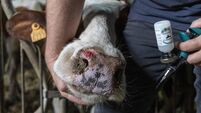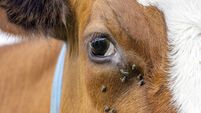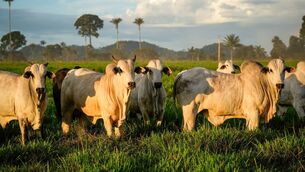British sheepmeat production to fall
The expectation is for a smaller lamb crop in 2006 and an increase in ewe lamb retention rates, leading to a reduction in new season lamb. A further decrease in the breeding flock is anticipated for this year as producers adjust to decoupling.
Arising from the drop in production, the MLC predicts an increase of 7% in imports, following a drop of 8% in imports last year. Along with continued imports of mutton from Ireland, New Zealand will continue as the largest supplier of sheepmeat to the market at around 115,000 tonnes. An increase in the supply of lamb meat from non-EU countries is also expected to contribute to the market, but this could be tempered by the effect of any spread of foot-and-mouth disease in South America.













